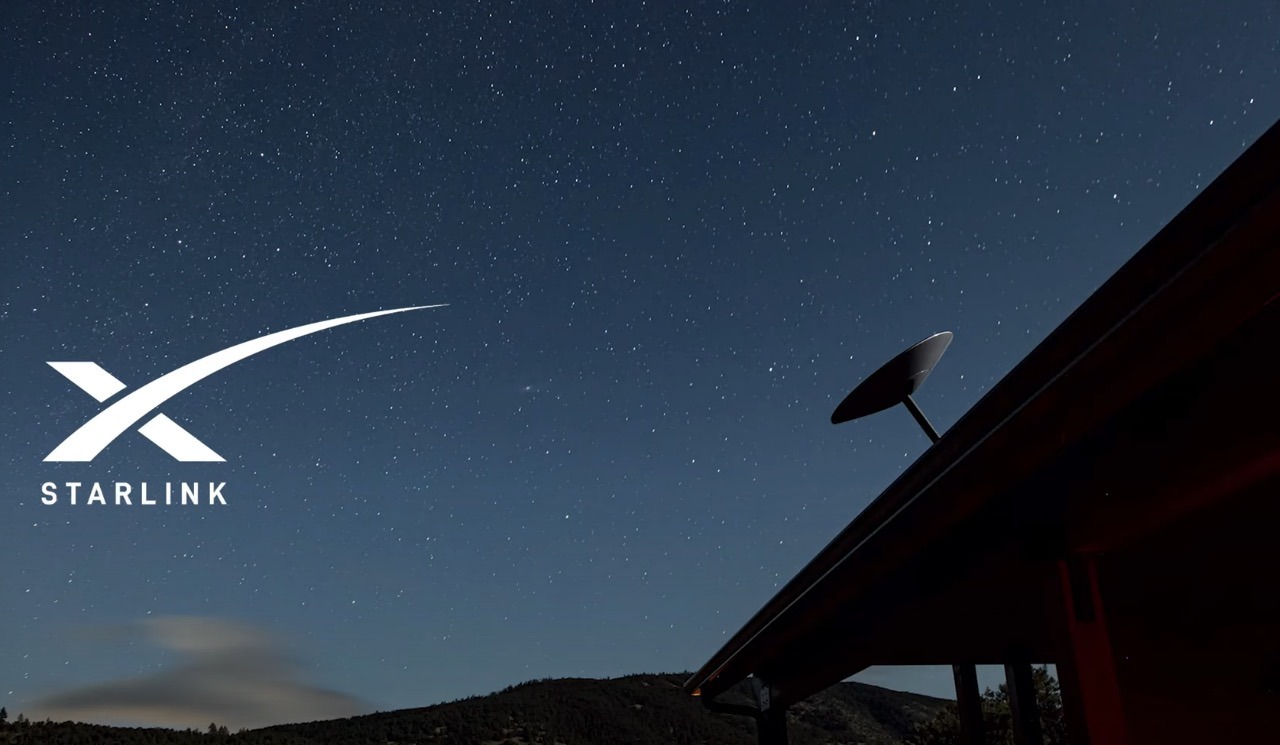
SpaceX Planning Starlink Phone Service in Filing to FCC

According to Ars Technica, SpaceX has filed a petition with the Federal Communications Commission (FCC) for classification as an Eligible Telecommunications Carrier (ETC).
SpaceX plans Starlink phone service, emergency backup, and low-income access https://t.co/Pya1AplaLr by @JBrodkin
— Ars Technica (@arstechnica) February 5, 2021
As part of the petition, SpaceX has comprehensively outlined the planned expansion of Starlink, which is currently providing broadband internet to over 10,000 users in the U.S. and beyond in a beta environment.
SpaceX had already publicized plans to bring its broadband internet service to even more countries, but the latest filing reveals plans for a phone service and emergency backup mechanisms for voice calls under the Starlink brand, as well as a common-carrier designation.
Further solidifying its commitment to making high-speed internet not only accessible but also affordable for those currently deprived of it, Starlink has also requested permission to provide cheaper phone and internet plans to qualifying low-income individuals through the U.S. government’s Lifeline program.
The Lifeline program offers service providers subsidies for providing phone and internet services to low-income households, but Starlink will need an ETC classification for to be eligible for participation.
Starlink detailed plans to eventually provide a standalone Voice over IP (VoIP) service, which will include “(a) voice-grade access to the public switched telephone network (‘PSTN’) or its functional equivalent; (b) minutes of use for local service provided at no additional charge to end users; (c) access to emergency services; and (d) toll limitation services to qualifying low-income consumers”.
The filing also states that Starlink wants to provide both internet and phone services as a common carrier, which indicates that the provider is, at least to some extent, okay with classification under Title II of the Communications Act.
Starlink currently has clearance to deploy up to 1 million user terminals in the U.S., but with the service’s growing popularity, the provider is lobbying the FCC to up that number to 5 million.

